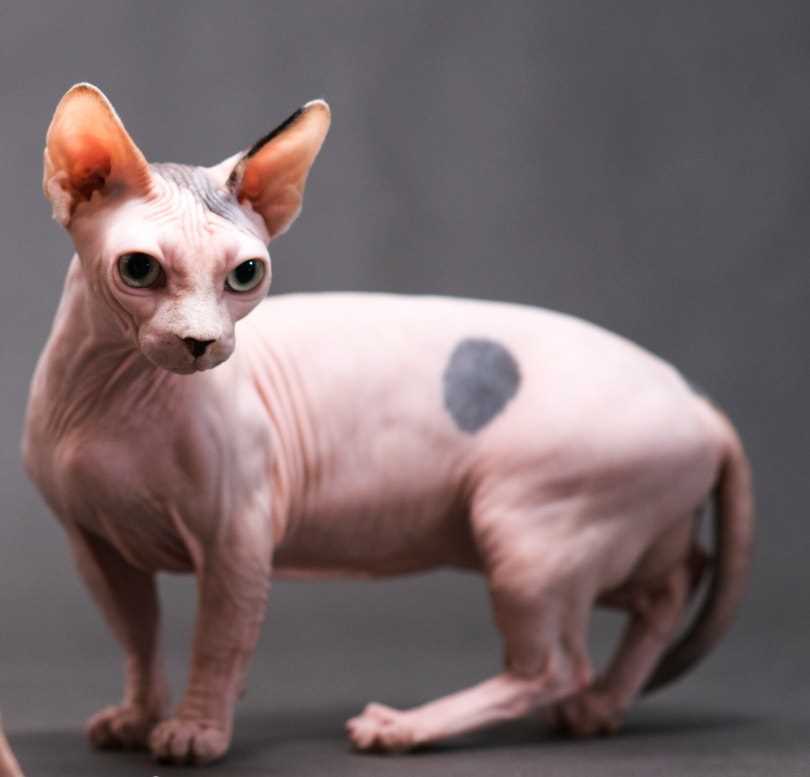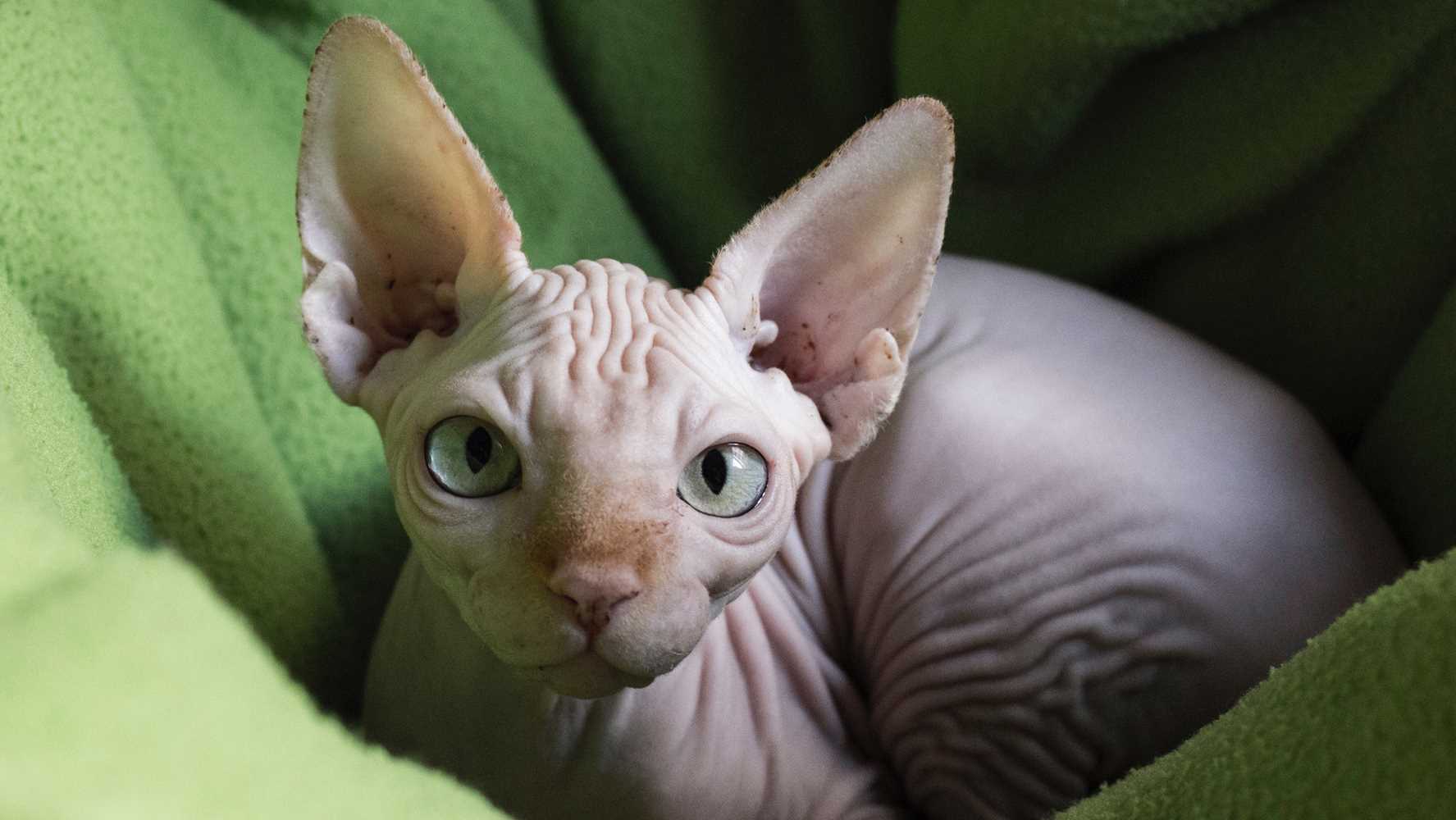When considering bringing a hairless friend into your home, expect to invest anywhere from $1,500 to $3,000. This range varies based on factors like breed, breeder reputation, and geographical location. For instance, a Sphynx typically falls on the higher end of this spectrum due to its popularity and unique characteristics.
Look for reputable breeders who prioritize health and temperament. A well-bred kitten often comes with health guarantees and vaccinations, which can save you unexpected veterinary costs later. Make sure to ask about genetic testing and the health history of the parents.
Adoption is another option; some rescue organizations have hairless breeds available for a lower fee, usually ranging from $100 to $500. However, be prepared for an application process to ensure a suitable match for both you and the pet.
Ongoing care, including grooming, specialized diets, and regular vet visits, should also factor into your budget. Hairless breeds require specific attention to their skin and health, so keep that in mind when planning for your new companion.
Pricing Insights for Hairless Felines

Expect to allocate anywhere from $1,500 to $3,000 for a hairless feline, depending on factors like breed, lineage, and breeder reputation.
Factors Influencing Cost

- Breed Type: Different breeds such as Sphynx or Peterbald may vary significantly in price.
- Pedigree: Purebred lineage can raise the price due to demand for specific traits.
- Breeder Reputation: Reputable breeders often charge more due to their commitment to health and ethical practices.
- Location: Prices can fluctuate based on regional market trends and availability.
Additional Expenses
- Initial Supplies: Budget for essentials like litter boxes, scratching posts, and bedding.
- Healthcare: Regular vet visits, vaccinations, and potential skin care products are necessary.
- Diet: Quality food tailored to specific needs can be pricier than standard options.
- Grooming: While hairless, regular baths and skin care can add to ongoing costs.
Average Price Range for Hairless Feline Breeds
The typical cost for hairless feline breeds varies significantly based on factors such as breed, breeder reputation, and location. Generally, prices can range from $1,500 to $3,000. For instance, Sphynx kittens often fall within the $1,800 to $3,000 bracket, while the Donskoy typically costs between $1,500 and $2,500.
Factors Influencing Pricing
Reputable breeders with high-quality lineages may charge more due to the extensive care and genetics involved. Additionally, location plays a role; prices may be higher in urban areas compared to rural regions. Health considerations are also crucial. For instance, ensuring your new friend is free from health issues, such as ear mites, is essential. You can find suitable ear mite medication for cats to maintain their health.
Additional Costs
Beyond the initial purchase price, ongoing expenses include food, veterinary care, and grooming. Budgeting for these factors ensures a smooth transition into your household. Overall, investing in a hairless feline requires careful consideration of both upfront and long-term costs.
Factors Influencing the Cost of Hairless Felines
The breed plays a significant role in determining the price of hairless companions. For instance, the Sphynx tends to be on the higher end of the scale due to its popularity and unique traits.
Health considerations also impact pricing. Responsible breeders invest in health screenings and vaccinations for their pets, which can raise the cost.
Age is another factor. Kittens typically command higher prices than older individuals, as many prefer the playful nature of younger pets.
Geographic location influences market rates as well. Urban areas often have elevated prices due to increased demand and higher living costs for breeders.
Breeding quality matters; established and reputable breeders may charge more based on their lineage’s pedigree and health history.
Additional services can also affect the overall investment. Some breeders offer initial supplies or health guarantees, which can lead to higher upfront costs.
Lastly, market trends might shift prices based on seasonal demand or popularity spikes, so staying informed can help potential owners make educated decisions.
Cost Comparison: Hairless Felines vs. Other Breeds
If you’re considering bringing a hairless feline into your home, be prepared for the financial commitment compared to various other breeds. The price for these unique companions can significantly differ based on their lineage, popularity, and care needs.
| Cat Breed | Average Price Range |
|---|---|
| Sphynx | $1,500 – $3,000 |
| Devon Rex | $800 – $2,000 |
| American Shorthair | $800 – $1,500 |
| Persian | $500 – $5,000 |
| Bengal | $1,000 – $4,000 |
Looking at the figures, it’s clear that hairless types often sit at the higher end of the spectrum. This can be attributed to their unique genetics and the specialized breeding required. Additionally, factors like grooming and maintenance can add to the costs, as these breeds may require specific products or services to keep their skin healthy.
For those seeking budget-friendly options, consider the best budget pocket digital camera to capture endless memories with your furry friends without overspending on their care.
Ultimately, it’s important to weigh the initial costs against ongoing expenses like food, health care, and grooming to fully understand the financial commitment associated with your new pet.
Initial Expenses of Owning a Hairless Feline
The first thing to consider is the adoption or purchase fee for a hairless companion, which typically ranges between $1,500 to $3,000. This amount varies depending on the breed and the breeder’s reputation.
Next, you’ll need to budget for essential supplies:
- Food: High-quality cat food is a must, costing around $30 to $60 per month.
- Litter: Expect to spend about $15 to $30 monthly on litter.
- Grooming: Regular grooming products and services can add up to $20 to $50 every few months.
- Health Care: Initial vaccinations, spaying/neutering, and routine check-ups can total $200 to $400.
Don’t forget about necessary accessories:
- Bed: A comfortable bed may cost between $30 and $100.
- Toys: Budget around $20 to $50 for toys to keep your pet entertained.
- Scratching post: A good scratching post typically costs $30 to $80.
Lastly, consider unexpected expenses. Emergency vet visits can range from $200 to $2,000, depending on the situation.
In total, the initial setup for owning a hairless feline can easily exceed $2,000, so planning ahead is key.
Long-term Financial Commitment for Hairless Feline Care
Budgeting for the upkeep of a hairless companion requires a serious long-term financial outlook. Expect to invest significantly over the lifetime of your pet, averaging around $500 to $1,000 annually. This figure encompasses routine veterinary visits, specialized grooming, and premium nutrition tailored to their unique needs.
Veterinary care is paramount. Regular check-ups, vaccinations, and potential health issues related to skin sensitivity can lead to increased medical expenses. Allocate funds for both preventative care and unexpected health emergencies.
Grooming is another critical aspect. Unlike traditional furred breeds, these creatures require specific products to maintain skin health and prevent oil buildup. Quality shampoos and conditioners can add an extra $100 to your yearly budget.
Nutrition plays a vital role too. High-quality, specialized diets are essential for maintaining skin and overall health. Set aside at least $300 to $600 annually for premium food options.
Moreover, consider additional expenses such as toys, scratching posts, and cozy bedding, which can accumulate over time. Investing in a comfortable environment contributes to their well-being, ultimately enhancing your shared life.
In summary, owning a hairless feline is a long-term commitment that requires careful financial planning. Being prepared for ongoing expenses ensures a happy and healthy life for your unique companion.
Where to Buy Hairless Felines: Breeders vs. Shelters
For those looking to welcome a hairless companion into their home, the choice between breeders and shelters is critical. I suggest starting your search at local shelters. Many rescue organizations have affectionate and unique hairless breeds needing loving homes. Adoption fees are generally lower compared to purchasing from breeders, and you gain the satisfaction of providing a second chance to a feline in need.
If you prefer a specific breed, reputable breeders can be an option. Ensure they prioritize the health of their animals and provide health guarantees. Research their practices and request references to confirm their credibility. Prices from breeders can vary significantly based on lineage and care standards, often resulting in higher costs.
Benefits of Choosing Shelters
Shelters often include initial vaccinations and spaying or neutering in their adoption fees. This can save you money upfront. Additionally, you may find older cats who are already socialized and trained, making the transition smoother for both of you.
Considerations for Breeder Purchases
While breeders may offer kittens with specific traits, be prepared for a financial commitment. Look for those who are transparent about their breeding practices and are willing to answer your questions. A responsible breeder will help you understand the needs of the breed and ensure the health of your new friend.
Tips for Budgeting When Getting a Hairless Feline
Prioritize initial setup costs first. Allocate funds for essentials like a litter box, scratching posts, and food dishes. Expect around $150 to $300 for these items. Do not overlook the importance of high-quality food and treats, budgeting about $50 monthly for the best nutrition.
Routine Veterinary Care
Account for regular check-ups and vaccinations. Plan for annual vet visits costing approximately $100 to $200. If your new companion requires spaying or neutering, factor in an additional $100 to $300, depending on local rates.
Unexpected Expenses
Set aside a small emergency fund for unplanned health issues. Aim for at least $500 initially, as medical emergencies can arise. This will help ensure your companion receives the necessary care without financial strain.









